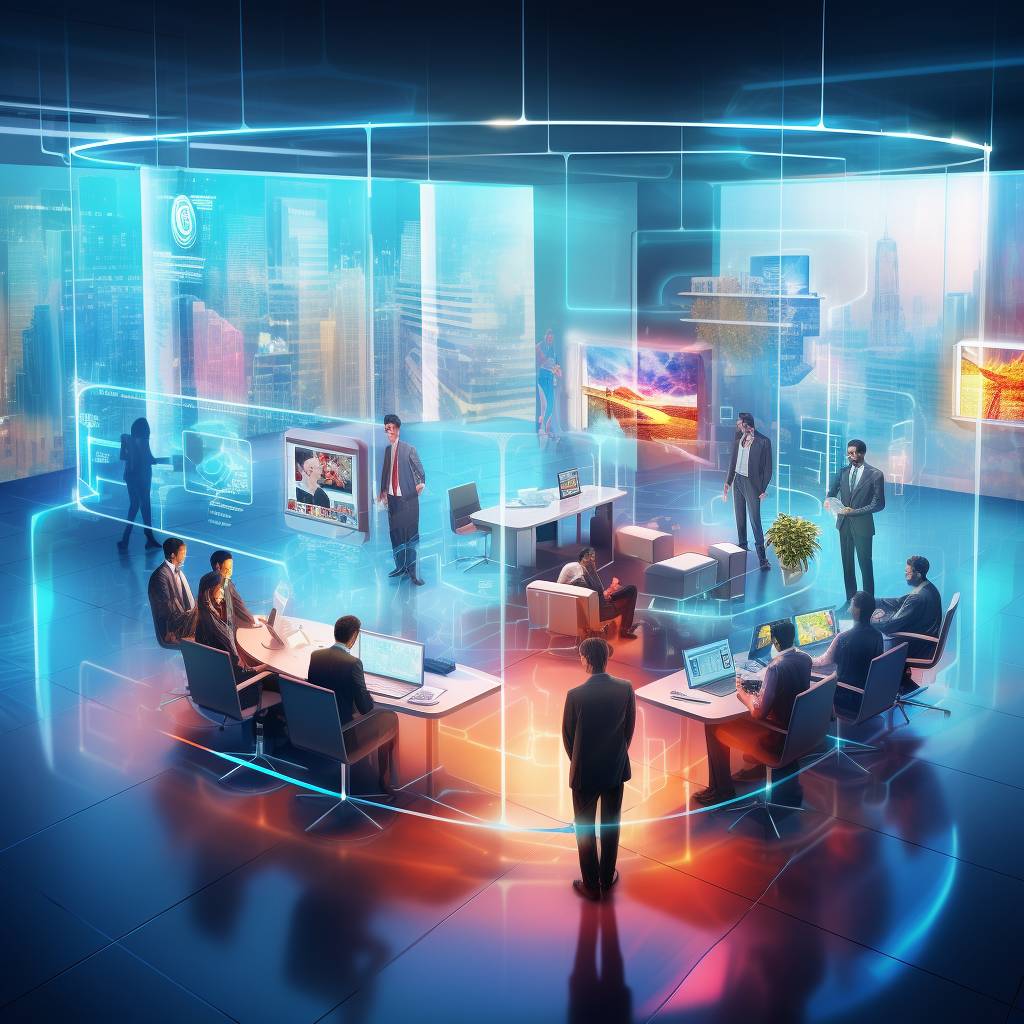
Hybrid Work Models: The Future of Enterprise Collaboration
The landscape of collaboration has undergone a seismic shift in recent years, largely due to the advent of remote and hybrid work models. Many companies are still navigating the complexities of fostering effective collaboration in these new settings. This has become a focal point of discussion with my clients as we strategize their hybrid work models. To gain deeper insights, I reached out to Andy Boyd, Chief Product Officer at Appfire, a leading enterprise collaboration software firm that aids teams in planning and executing their best work. Boyd shared his vision of the future of collaboration, drawing from his experiences with Appfire’s clientele.
Hybrid Work Models: The New Normal
Boyd posits that hybrid and flexible work arrangements are here for the long haul, despite the efforts of some companies to revert to conventional office setups. For organizations operating across multiple locations, distributed teams are already a reality. The focus, therefore, should be on supporting this model rather than debating its feasibility. He referenced comprehensive research indicating that employees are more productive and content with remote and hybrid work arrangements. For managers overseeing distributed teams, it is crucial to deliberately establish systems and practices that bolster productivity.
Reimagining Office Spaces for Collaboration
Boyd emphasized that the office is best suited for collaborative activities, mentoring, socializing and nuanced discussions, which roughly translates to one day per week. The rest of the week should be devoted to individual tasks that can be easily interrupted in an office setting. Managers should avoid trying to digitally recreate the office experience on a daily basis. Instead, they should judiciously select meeting schedules and asynchronous communication to safeguard focus time. For instance, longer planning sessions can be organized periodically where teams can connect either in-person or virtually using tools like digital whiteboards. This facilitates rich, unstructured discussions to address complex issues.
AI: A Catalyst for Collaboration
Regarding digital tools, Boyd perceives generative AI as a game changer. It can not only pave the way for new software but also enhance existing collaboration software without rendering them obsolete. AI can eliminate mundane tasks such as information retrieval, freeing up employees for more strategic analysis and decision-making. For instance, generative AI can summarize key points from multiple documents on a subject, saving employees the time and effort of manually compiling information. AI can also boost productivity in meetings by automatically generating notes and converting speech to text. This allows participants to concentrate on the discussion rather than note-taking.
A Comprehensive Approach
Boyd stressed that successful organizations are adopting a holistic approach to distributed collaboration. They are consciously shaping flexibility in their culture, policies, team practices, meeting formats and collaboration software/tools. Companies that adapt to and optimize this new work paradigm will gain a distinct competitive edge in attracting and retaining top talent. The future of work has arrived, and progressive leaders understand that collaboration must evolve to meet the needs of distributed teams.
In conclusion, as we look towards the future of collaboration in hybrid work environments, it’s clear that businesses must adapt and evolve. Whether it’s choosing the best standing desk for home office use or implementing an electric height adjustable standing desk in the office for those collaboration days, it’s about creating an environment that fosters productivity and wellbeing. As we move forward, these considerations will be key in creating an optimal hybrid work environment.





